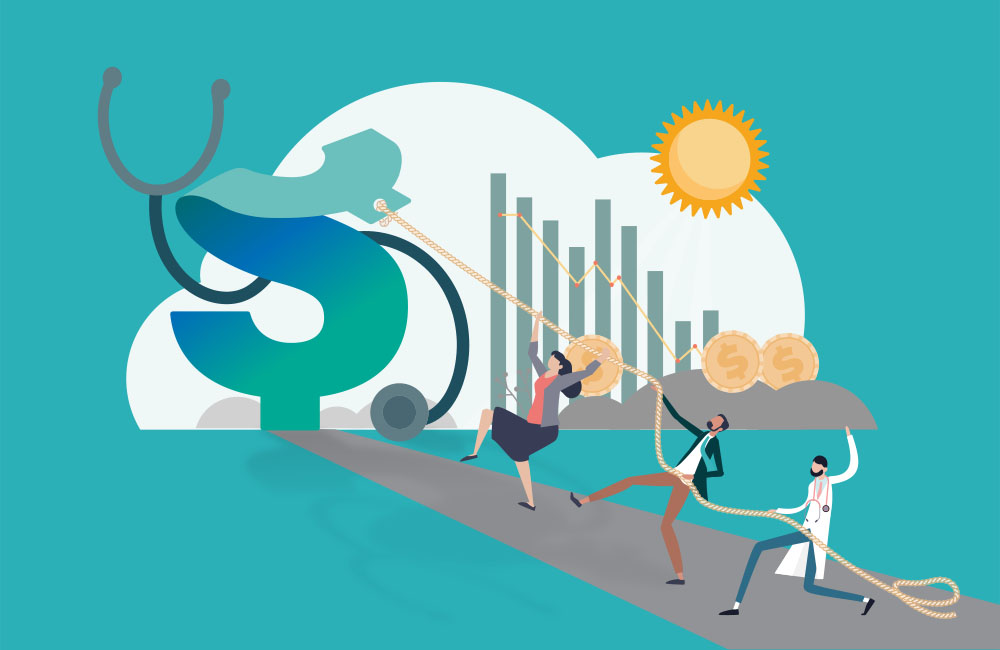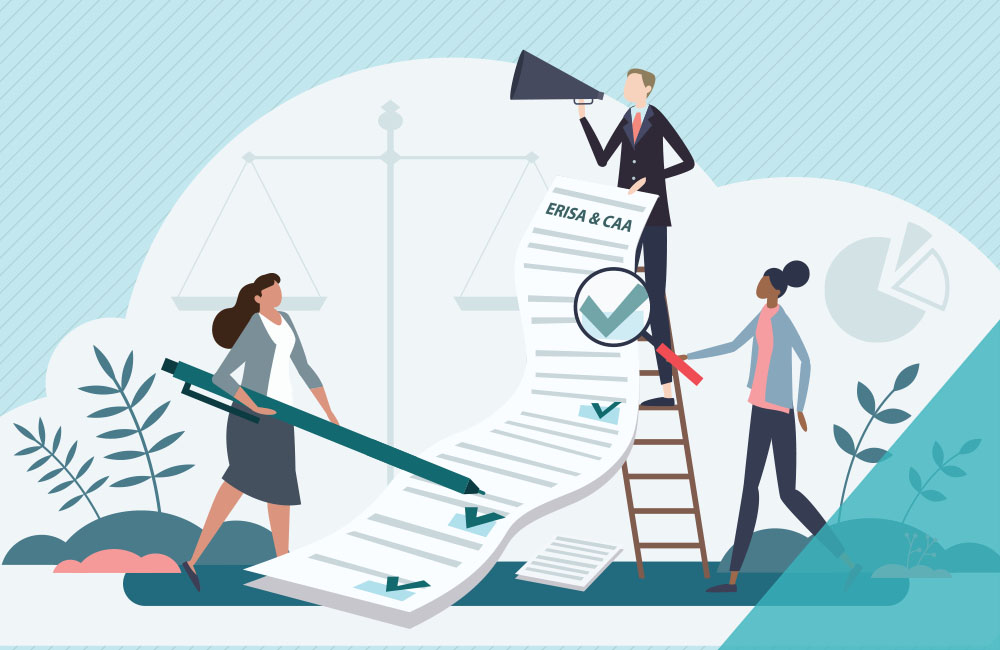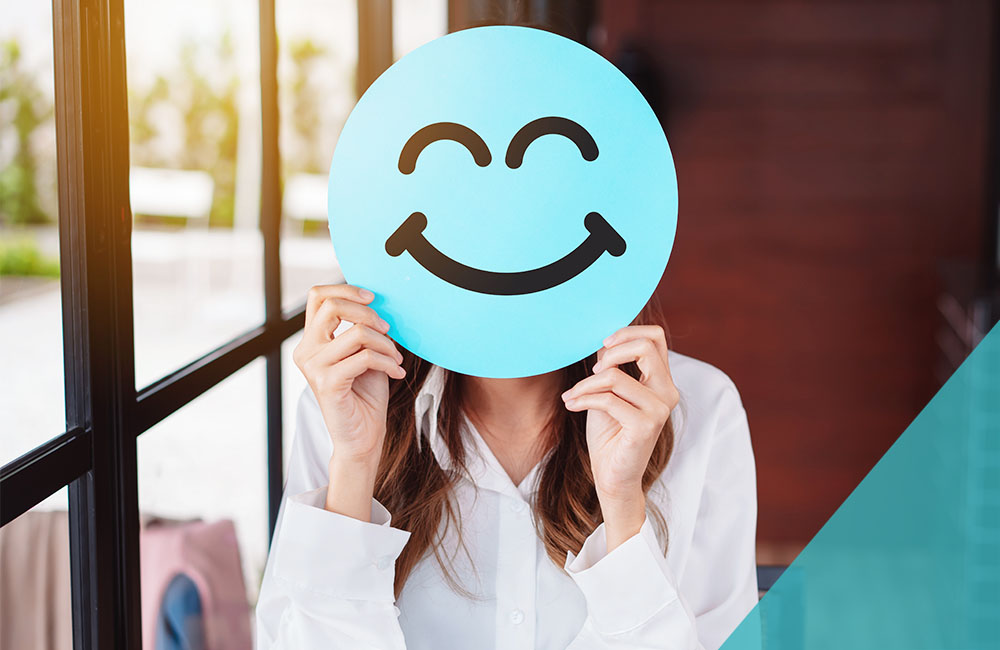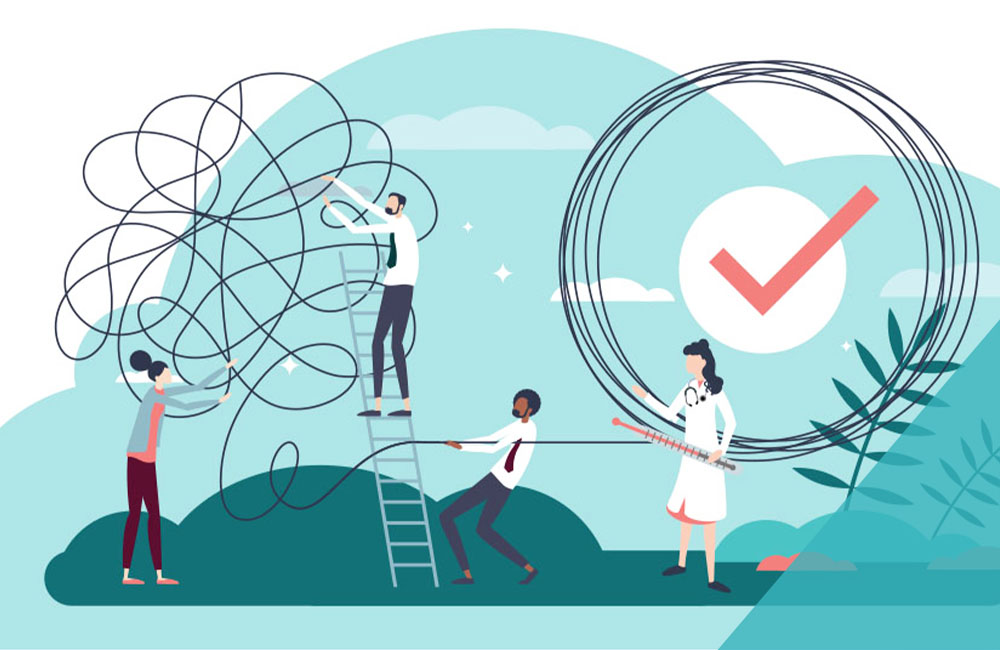
OpenNotes® Encourages Patients to Access Doctors’ Clinical Notes in Their Medical Record
Patients have a legal right to see the medical visit notes a doctor makes in their patient file.
“Having access to your medical visit notes is the most important piece of the Health Information Portability and Accountability Act (HIPAA). And it is often the most overlooked piece,” said Dr. Catherine DesRoches, executive director of OpenNotes®. External Link. Opens in new window., which helps patients gain electronic access to their own medical records.
DesRoches spoke at The Alliance’s Annual Seminar on May 16 at Monona Terrace in Madison, Wis. She informed about 200 employers, insurance agents, providers and industry professionals about their patient rights.
In Aug. 1996, HIPAA was enacted by Congress and signed into law by President Clinton. One part of this act included a mandate that ensured patients in the United States the right to inspect, review and receive copies of their medical records.
What Are Open Notes?
In recent years, the advent of electronic health records and patient portals have shed light on health information.
Notes are written by doctors, nurses, therapists or other health professionals to describe interactions with patients. Notes are part of a patients’ medical record. They are referred to by various names including visit notes, clinic notes, progress notes, soap notes or chart notes. But when patients are invited to read these notes online, they become OpenNotes.
“OpenNotes is more than an online patient portal with clinical notes,” said DesRoches. “OpenNotes is an international movement that’s supporting the adoption of open notes.”
When patients view their doctors’ notes online, they are building better communication, quality of care, safety and trust.
However, most patients do not realize that the notes doctors write after a visit typically remain hidden from the patient’s view. It’s important to point out that these notes are different than the “after visit summaries” that some patients can already access through “My Chart” online access offered by some hospitals and health systems. With OpenNotes, you can read the full notes written after each visit by your doctor or another primary care provider, such as a nurse practitioner.
The OpenNotes movement was created to increase easy, electronic access to notes at no cost to patients.
DesRoches explained, “14 million patients currently have electronic access to their clinical notes.”
According to the OpenNotes website. External Link. Opens in new window., as of May 2017, seven medical institutions in Wisconsin, three in Illinois and seven in Iowa currently share electronic clinical notes openly with patients. Some of these institutions are in The Alliance network – check opennotes.org/join-the-movement. External Link. Opens in new window. to view a list of the institutions with OpenNotes available in each state. This list is growing.
What if my Doctor’s office isn’t part of the movement that offers OpenNotes online?
It’s okay to ask for a paper copy of your clinical notes. You have a legal right to them. Send a letter to your clinic asking for access to your notes. OpenNotes created a sample letter. External Link. Opens in new window. that you can use.
Why is it important to read the clinical notes in your medical file?
DesRoches noted seven reasons why as a patient, you should read your clinical notes.
When you read your clinical notes, you:
- Reinforce clinical messages. Do you get nervous in the exam room? Many patients do. Reading the clinical notes after the appointment can aid in remembering a treatment plan.
- Assist in safety monitoring. Patients occasionally catch errors in their notes that need to be corrected.
- Remind yourself of upcoming follow-up care and appointments.
- May increase your trust in your doctor and the doctor/patient communication relationship. You both have a vested interest in your health.
- Empower yourself to be better prepared for your next medical visit.
- Improve your memory recall of what you discussed during your appointment.
- Increase your understanding of clinical rationale.
In most major electronic health records systems, it’s simple to create access to clinical notes within a patient’s record. The difficult part is changing the medical culture. Providers need to appoint a champion to promote this initiative and educate patients about the availability and accessibility of these notes.
Patient and Doctor Reactions to OpenNotes
In an OpenNotes pilot study:
- 85 percent of patients who had access to their notes, read them.
- 99 percent of patients wanted the interaction to continue.
- 85 percent of patients said having access to patient notes would influence their choice of doctor in the future.
Initially, doctors feared they would be spending additional time addressing patient questions if patients read their notes.
“Those worries did not really come to fruition,” said DesRoches. “Only one in five [doctors] said that they were spending more time addressing patient questions. Patients typically remember about half of what the doctor tells them during their visit. The patient will remember less if they are nervous or stressed.”
Having OpenNotes reinforces clinical messaging as the patients can review it again after they’ve left the doctor’s office. “Patients have a right to their notes and can benefit from reading their notes,” said DesRoches.
Become a champion of the OpenNotes movement; ask your doctor for access to your notes.







